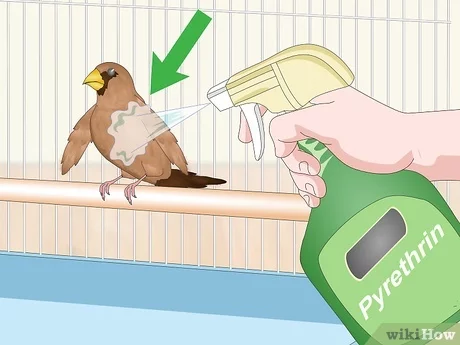How to Plant Flowers: 13 Steps

1. Choose the right flowers: Before you begin planting, research the flowers you want to grow. Consider factors such as sunlight, water needs, and the climate of your region
2. Find a suitable location: When selecting a spot for your flowers, consider how much sun it receives and how well-drained the soil is. Different flowers have different requirements, so choose a location that matches the needs of your chosen plants.
3. Prepare the soil: Before planting, turn over the top 6-12 inches of soil and remove any rocks or debris. Add organic matter like compost or aged manure to improve soil quality and provide nutrients for your plants.
4, Test the soil’s pH: Take a soil sample and test its pH level. Most flowers thrive in neutral to slightly acidic soil, with a pH between 6.0 and 7.0, although there are some exceptions.
5. Amend the soil if necessary: If your soil’s pH is too low or too high, you can adjust it by adding lime (for acidic soils) or sulfur (for alkaline soils).
6. Plan your flower arrangement: Sketch out a rough plan of where you’d like to place each kind of flower in your garden. Consider varying heights and colors to create visual interest.
7. Purchase seeds or seedlings: Depending on the season and desired timeline, buy either seeds or seedlings from a local nursery or garden center.
8. Dig holes for planting: Use a trowel or small shovel to dig holes appropriate for the size of seedlings or seeds you are planting.
9. Variable depth requirement: Read instructions provided when purchasing seeds/seedlings to learn about depth requirements for each species.
10. Fertilize when necessary: Generally speaking, bulbs require fertilizers more than other types of plants.
11. Water immediately after planting: Give your newly-planted flowers a good soak to help their roots establish themselves. Afterwards, water on a regular basis, depending on the specific needs of each variety.
12. Mulch your flowerbeds: Apply a 2-3 inch layer of organic material around your plants to help retain moisture, suppress weeds, and keep soil temperatures stable.
13. Regular maintenance: Monitor your garden regularly for any signs of pests or diseases. Keep weeds under control and deadhead spent blooms to encourage more flowers throughout the season. In addition, cutting back perennials in the fall can prepare them for a healthy return in the spring.






